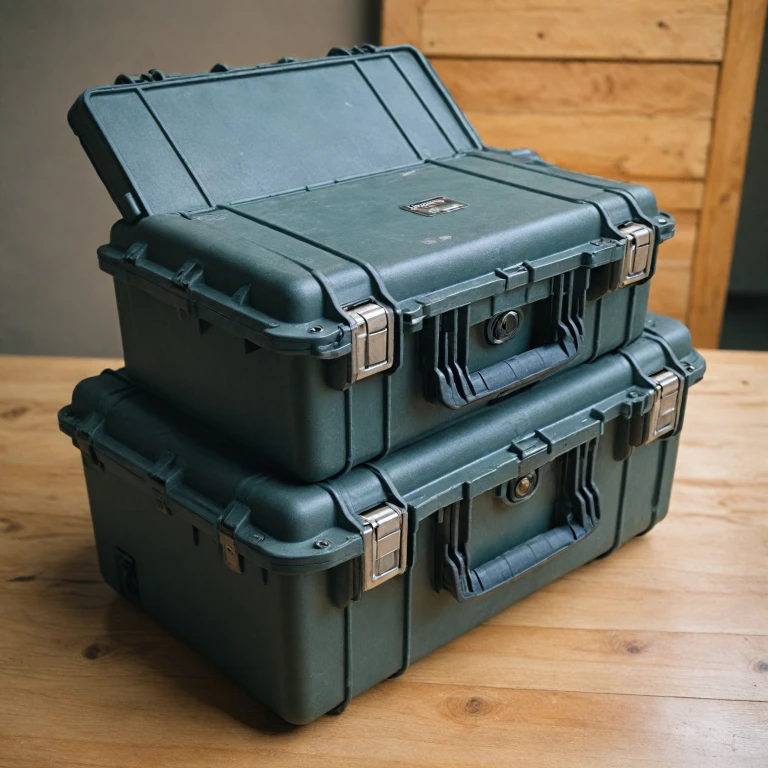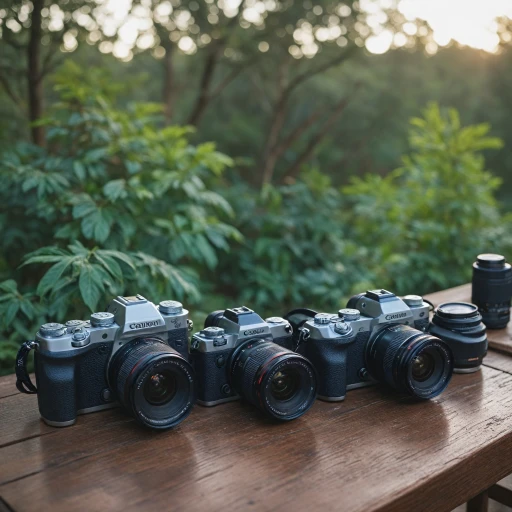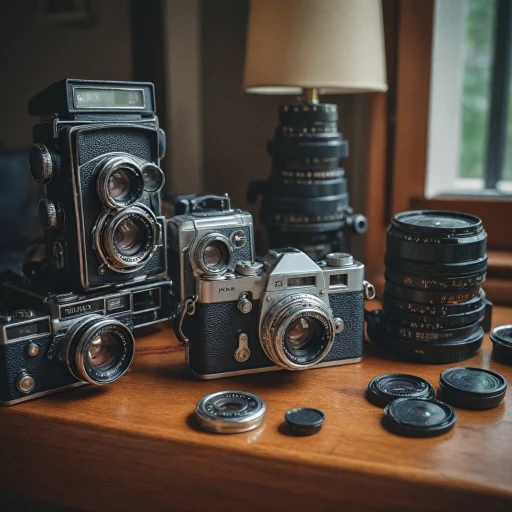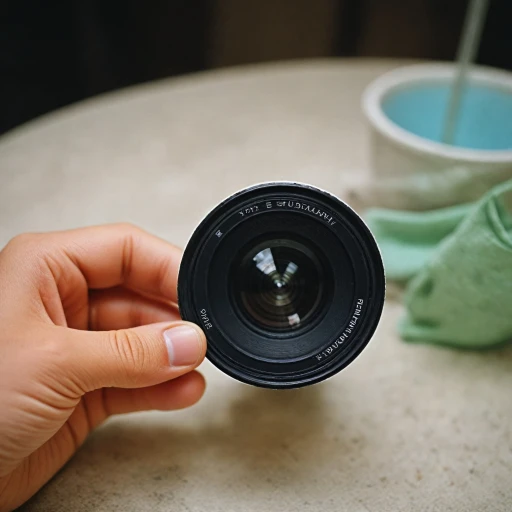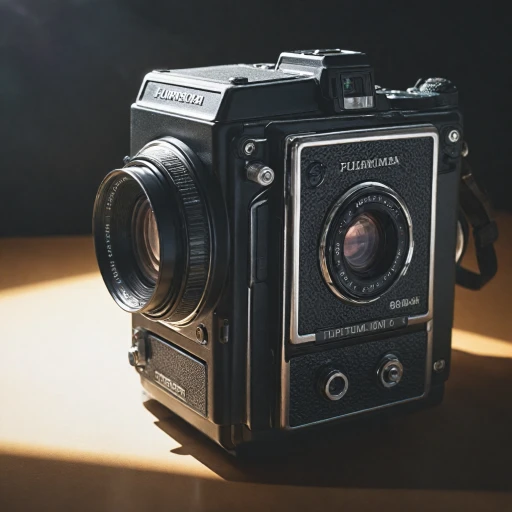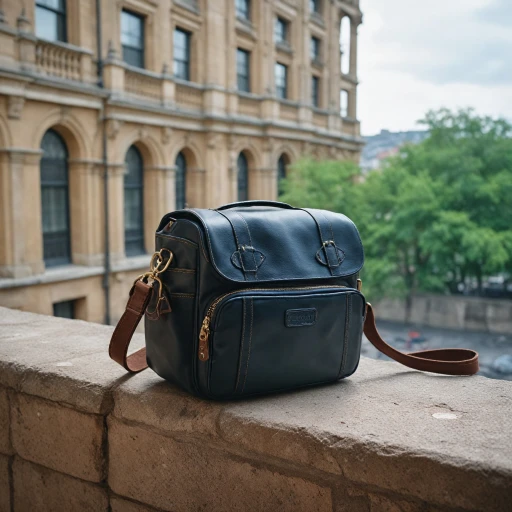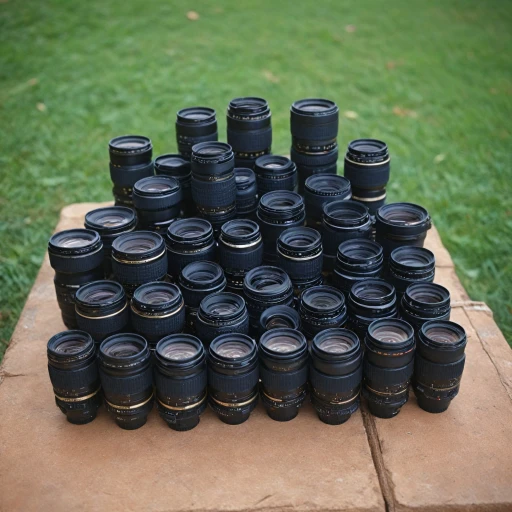
Understanding Pelican 1300 Case Specifications
Specifications of Pelican 1300 Case
The Pelican 1300 Case is a highly regarded product in the world of protective cases due to its durability and exceptional design. Known for being a robust solution favored by many for protecting valuable items like digital cameras, the Pelican 1300 Case boasts multiple features that highlight its prominence among buyers.- Waterproof and Dustproof: The Pelican 1300 is both watertight and dustproof, thanks to an O-ring seal and an automatic pressure equalization valve. This ensures that your camera gear remains safe from natural elements during shipping or storage.
- Crushproof Design: Manufactured using high-impact plastic, this protector case lives up to Pelican’s reputation for resistance to extreme pressure and hard impacts, crucial for safeguarding delicate camera components.
- Foam Inserts: Originally filled with customizable foam inserts, the Pelican 1300 allows buyers to mold interior spaces for a precise fit, adding an additional layer of tailored protection around digital cameras.
- Air-tight Construction: The case's air-tight feature ensures that the microclimatic conditions inside remain constant, vital for the longevity of sensitive electronic items such as camera batteries.
- Size and Weight Considerations: It’s compact yet spacious enough to secure specific photography gear without being cumbersome, making it one of the more travel-friendly pelican air cases or storm cases available.
Why Latch Size Matters for Camera Safety
The Importance of Choosing the Correct Latch Size
When it comes to securing your digital camera, understanding why latch size matters is key. A well-fitted latch is more than just a component; it's a crucial element ensuring that your camera remains protected against unforeseen circumstances during shipping and storage. Consider the following reasons highlighting why latch size is critical:- Enhanced Security: Properly fitted latches guarantee that your Pelican 1300 case won't accidentally open, safeguarding your valuable equipment from potential damage.
- Protection against Environmental Elements: A snug fit keeps the protective foam intact, cushioning your camera against impacts and shielding it from dust and moisture. In severe conditions, such as air transit, this becomes an invaluable feature.
- Durability and Longevity: Cases with accurately sized latches tend to last longer since the right fit reduces stress on both the case and the latches, mitigating the need for frequent replacement.
Measuring for the Perfect Latch Fit
Accurate Measurement Techniques
Securing your camera with the right latch size is crucial to ensure the safety of your equipment in a Pelican case. The precision in measurement directly influences how well the latches hold and protect your gear, especially during transportation or shipping.
When embarking on this task, it's essential to consider the existing setup of your Pelican 1300 case and the protective environment it offers. Start by examining the inner layout, with or without foam, to understand the space restrictions and existing latches. This understanding ensures you choose a latch size that accommodates your camera securely while maintaining ease of access.
- First off, remove any filler material or foam from your Pelican case to reveal the full expanse of the interior.
- Utilize a measuring tape to gauge the distance between the latch points precisely—vertical and horizontal measurements are both important.
- Ensure to consider the thickness and rigidity of case materials, because selecting a proper replacement may depend on these factors.
- Comparing materials and latch designs available can provide you with options that best suit your Pelican protector needs.
Feedback from verified buyers on the specific model you aim to purchase can be invaluable. It helps in understanding the performance and ease of installation of replacement latches over time. Review recent feedback left by buyers for insights into longevity and performance—whether it’s from a month verified to a year ago verified purchase case users.
Comparing Latch Sizes and Materials
Comparative Analysis of Latch Sizes and Compositions
When selecting the optimal latch size for your Pelican case, it’s essential to consider both size and material quality. The right choice in latches ensures that your camera and its accessories remain secure, especially during air travel or shipping. Here are some aspects to look into:- Standard vs. Reinforced Latch Size: Pelican cases are well-known for their robustness, but the latch size can make a significant difference. Standard latches are suited for everyday use, while reinforced versions provide extra security for heavier loads or rugged conditions.
- Material Composition: The material of the latch affects both durability and protection. Steel latches boast high resilience but can be heavier, impacting portability. Plastic latches, whether for a Pelican Air or a Protector, are lighter but may not offer the same longevity.
- Feedback from Verified Buyers: Reading feedback left by other users of a similar model or from those who’ve invested in replacement latches can offer insights. They often highlight star ratings and real-world experiences that guide a new buyer’s choice.
- Consideration for Unique Cases: Different models, such as the Pelican Air, Protector, or Storm case, and even those designed for fill, demand specific latch sizes and strengths. Buyers should verify what suits their specific case pelican to avoid purchasing mismatches.
- Price and Purchase Decisions: While budget is always a concern, buying the cheapest option isn’t always ideal. Investing in high-quality latches ensures durability and protection, which is crucial for cases that carry valuable photographic equipment.
Installation Tips for Pelican 1300 Latches
Securing the Perfect Latch
Once you've pinpointed the ideal latch size for your Pelican 1300 case, the next step involves precise installation. Properly installing your new latches is crucial to ensure the safety and longevity of the case, especially when transporting valuable digital camera equipment.- Gather Your Tools: Before beginning the installation, ensure you have all necessary tools on hand. This might include a screwdriver and pliers, depending on the latch model and material. Styrofoam or soft material can be used as a base to avoid scratches on your pelican case.
- Remove Old Latches: If you’re swapping out an old or damaged latch, you'll need to carefully remove the existing hardware. This can usually be done by unscrewing the components or gently prying them off. Be cautious to not damage the pelican protector case itself.
- Attach the New Latch: Align the new latch properly with the designated slots on your protector case, ensuring a snug fit. It's important the latch is neither too tight nor too loose. Follow the manufacturer's guide if you received one with the purchase.
- Secure and Test: Once attached, securely fasten the screws or locking mechanism as provided. Test the functionality by opening and closing the case several times to ensure the latch remains secure and operational.
- Feedback and Adjustments: If you encounter issues, review feedback left by other verified buyers for possible solutions or alternative installation tips. Much of this shared user feedback includes solutions for optimizing the pelican air case latches performance after installation.
Maintaining Your Pelican Case Latches
Keeping Your Latches in Prime Condition
Regular maintenance of your Pelican case latches is crucial to ensure their longevity and optimal performance. These latches are the first line of defense for the items inside, safeguarding against the rigors of transport and shipping. Here’s a guide to help you maintain them effectively:- Inspect Regularly: Make it a habit to check the latches for any signs of wear or damage. Look for cracks or loose fittings. Any issues found should be addressed immediately to prevent further deterioration.
- Clean Thoroughly: Dust and debris can accumulate in the latch mechanisms, especially if your case has been used in harsh environments. Use a soft brush or a cloth to clean the areas around the latches. If necessary, a mild soap solution can help remove stubborn dirt—but ensure the latches are thoroughly dried to avoid rust or corrosion.
- Lubricate for Smooth Operation: To keep the latches operating smoothly, apply a light lubricant to any moving parts. This can prevent sticking and reduce the wear that can occur with regular use.
- Check for Proper Fit: Over time, the fit of the latches can change, especially if the case has been subjected to heavy use. It's crucial to verify that they still close securely, providing the protection expected from a Pelican protector case. If they seem loose, a replacement might be necessary.
- Feedback and Verified Purchases: Often, product feedback and verified purchase reviews can offer insights into the performance of the latches over time. Learning from other buyers’ experiences can guide your maintenance approach and ensure you’re not overlooking any common issues.
